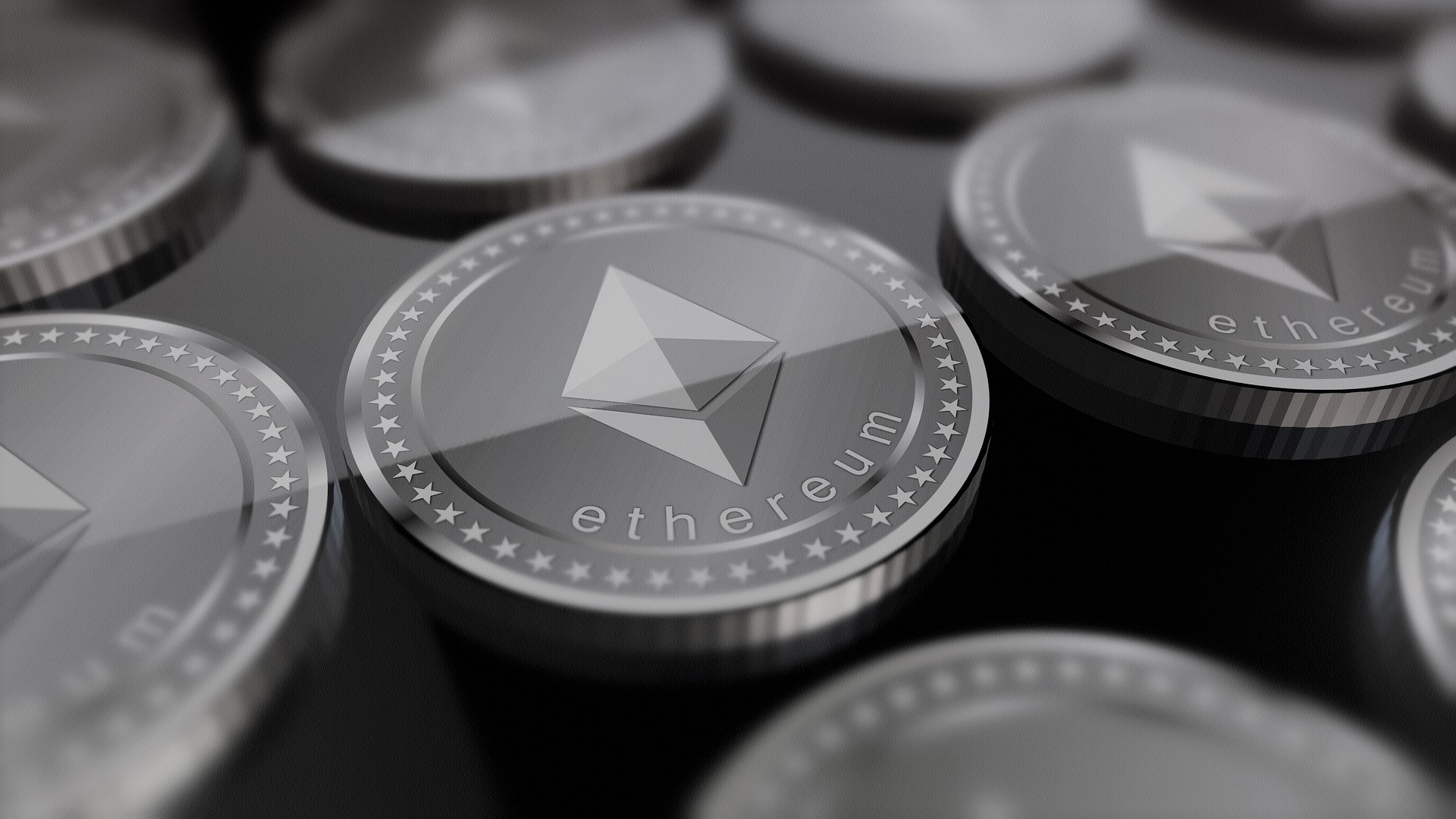NFTs have gained traction among artists and creators in recent months due to their revolutionary role in ownership, commerce, and how creators communicate directly with customers, fans, and collectors. The Palm ecosystem is built from the ground up to give today’s artists and creators the best possible experience, with low gas costs, quick transaction completion, and 99 percent higher energy efficiency. The Palm ecosystem is built from the ground up to give today’s artists and creators the best possible experience, with low gas costs, quick transaction completion, and 99 percent higher energy efficiency. percent higher energy efficiency.
Palm is an ethereum sidechain that promises to mint energy-efficient NFTs with low fees and fast transaction finality. The two chains are connected by a bridge that facilitates the movement of tokens. This sidechain is fully EVM-compatible and supports smart contracts written in solidity language. Palm uses a consensus mechanism called IBFT-2(rotating Proof of Authority).
Palm is introduced by Consensys (parent company of Metamask, Infura, Truffle) and has partnerships with NFTs marketplaces like nifty’s, heni, etc. It will begin its existence as a mostly centralized sidechain and will eventually release a roadmap with a timeline for decentralization. The first NFT (the currency by Damien Hirst) that is built upon h palm ecosystem will be out soon on the Heni marketplace.
NFT Bridge
On the Palm NFT bridge, you can list or transfer your NFT on different chains. Like create an NFT on it and we can transfer it to other networks like ethereum, BSc, etc. This feature is yet to launch.
Testnet setup for Palm
Let’s start this by testing contracts. To connect:
- Create an Infura account and set up an Ethereum project.
- Fill out the Palm Infura registration form, entering your Infura account information. Include the address of an Ethereum account you control to have some testnet PALM airdropped into that account.
- Locate your Ethereum project ID on Infura. Go to the project you created in Step 1, and click on the “Settings” tab. The project ID is located in the “Keys” box on this page.
- Create your access URL using the following template (replacing <YOUR-PROJECT-ID> with the project ID) https://palm-testnet.infura.io/v3/<YOUR-PROJECT-ID>
- Confirm that the access works using the following command (replacing <ACCESS-URL> with Xthe access URL):
curl HTTP request
curl <ACCESS-URL> -X POST -H “Content-Type: application/json” -d ‘{“jsonrpc”:”2.0″,”method”:”eth_accounts”,”params”:[],”id”:1}’
JSON result {“jsonrpc”:“2.0”,“id”:1,“result”:[]}
- You can view the Infura JSON-RPC API and how to make requests in the Infura documentation.
Steps to get testnet tokens:
- Connect with rinkeby testnet on your metamask.
- Visit compound:
- Select Dai coin from the supply market.
- Select withdraw and then select faucet.
- You will receive 100 test dai from it.
- To view dai in your metamask, select add a token in your metamask and enter the contract 0x5592ec0cfb4dbc12d3ab100b257153436a1f0fea.
- Use the testnet token bridge to convert your dai to palm token.
Block explorer of Palm:
You can explore the blocks and transactions of the Palm: palm block explorer link
APIs :
Palm API includes various useful endpoints for accounts, transactions, contracts, etc, that can be checked here: palm api-docs
Ethereum Issues
- High gas fees, low transaction speed.
- Low gas limit per block compared to palm, polygon, bsc etc.
- Less scalable due to points mentioned above.
Pros and Cons of Palm
Pros of using Palm :
- Super low gas fees.
- Fast transaction validation, has a block time of 5 seconds.
- It is an NFT specific network that will be developed further especially for artworks and NFT bridges.
- Consensys (parent company of Metamask, Infura, Truffle) introduced Palm to the world.
- A higher gas limit per block than ethereum means that we can club more transactions in one block. (Ethereum – 15 million Palm – 18.8 million)
Cons of using Palm:
- Palm is quite new and has very little community support and documentation
- It is less decentralized as it follows the IBFT-2(rotating Proof of Authority) consensus algorithm which allows only a few validators of their own organization.
- The graph does not support this.
- NFT bridge is yet to launch.
- It currently supports ethereum only for a single token ‘dai’ and doesn’t provide support for custom erc20,erc712,erc1155 tokens, and NFTs respectively.
- We have chains like polygon, Binance Smart Chain(BSC) that have low gas fees, even better block time of 2-3 seconds, and also they have good community support along with the Graph support.
Comparison to Polygon Chain.
- Block time of 2 seconds
- Has NFT bridge programs already been developed and in use
- Supports The Graph
- Fewer gas Fees than ethereum.
- More Gas limit per block (Ethereum – 15 million, Polygon – 19-20 million)
To understand in detail, what an NFT actually is and how it works, click here.
Image by Peter Patel from Pixabay





